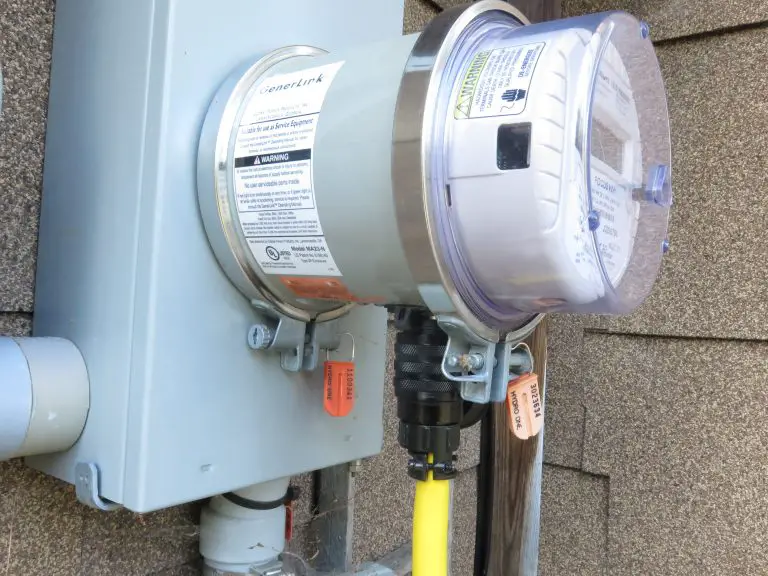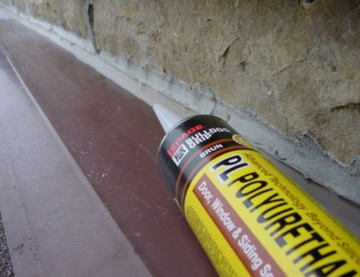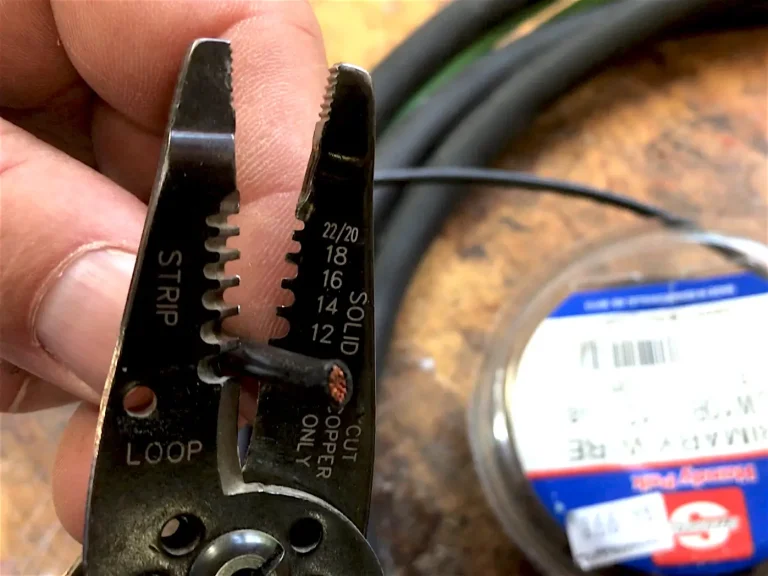Do you have condensation on windows in your home during the heating season? If you do, you’re not alone. Winter window condensation is a growing problem in regions that get cold winters and its root has a surprising origin. As homes are sealed better against air leakage, natural ventilation to the outdoors is reduced. That’s just what happens when windows, doors and entire homes have fewer drafts and air leaks.

Saving energy by reducing air leaks is a great thing, but the unintended consequence is that indoor air becomes much more likely to contain damaging levels of moisture and toxics during winter. If your windows sweat enough during the heating season to require periodic wiping with a towel, then you’ve got a problem. And this problem goes beyond just ruined window frame finishes and obvious mold growth on indoor window sills. It also includes the very real potential for decay occurring within wall cavities and attics, too. Window condensation can also be a sign of low indoor air quality that affects your health.
Condensation on Windows: Where Does the Water Come From?
When warm, moist indoor air meets the cooler surfaces of windows during winter, condensation develops on the glass. It’s the same thing that happens on the outside of a drinking glass filled with a cold beverage on a hot summer day. Flaws in your home’s vapour barrier (and there are bound to be some in every home) can allow warm moist air to seep into internal wall cavities, condensing there as it did on your windows, and creating a perfect breeding ground for hidden molds, fungus and other nasties. Breathing, cooking, showering and drying clothes all release huge amounts of moisture into the air. In the good old days, this moisture would make its way outside through all the cracks that were once common around windows and doors. That’s why old, leaky houses are often so dry during winter, with no window condensation at all. And while today’s tighter homes mean lower energy bills, they also demand that we consciously and actively provide some sort of fresh air to vent off all that water vapour. It doesn’t happen automatically any more. Boosting home ventilation is the key to solving the window condensation problem, and there are several ways to do it. Click here for a video that will help you understand condensation on windows better.
Solving Window Moisture Overload
Tactic#1 – Open windows a little and use exhaust fans a lot: This approach is all about using what you have to best advantage. Yes, opening windows will cost you a bit more in heat, but it still may be the cheapest way to solve your moisture problem. Bathroom exhaust fans, in particular, should be used during every shower or bath and for at least 15 minutes afterwards. Dryers that vent indoors spew massive amounts of moisture into your home. Proper outdoor venting of your dryer could solve the whole window condensation problem for you if it’s not sufficient now.
Tactic#2 – Install exhaust fans in high-moisture areas of your home where there aren’t any now: Give this a try if condensation isn’t too bad, but not completely solved by opening more windows.
Tactic#3 – Install a heat recovery ventilator (HRV): Although this option will cost $2000 to $2500 installed, it will fix the problem once and for all. It will also retain most of the heat that you’d normally lose through open windows and out of exhaust fans. In fact, HRV’s are so effective and energy efficient that they’re now required by code for new houses in some jurisdictions. HRV’s incorporate fan ventilation with a built-in heat exchanger that typically extracts 75% to 85% of the heat out of stale indoor air before exhausting it outdoors. This saved heat is then transferred to a fresh stream of air coming into your home from outside. Are you handy? You can save roughly $1000 installing your own HRV. I wouldn’t say it’s a simple procedure, but it’s less complicated than some other DIY projects. Click here for a detailed lesson on installing your own HRV. This is currently the top article of its kind on Google (as of Nov2021).

One more thing . . . The greater the insulation value of windows you have, the higher the indoor humidity you can keep your house at without condensation forming. Triple pane windows, for instance, are much less likely to form condensation than double-pane, all else being equal. Also, understand that replacement windows that are merely better sealing than you’ve got, without offering a higher insulation value on the glass, can actually cause increased window condensation because they reduce air leakage and natural ventilation.
Bottom Line: If you’ve got damaging levels of window condensation at your place, then increased ventilation is the cure. How you go about getting that ventilation boost can vary, as you’ve seen.
Got an older home that costs too much to heat? Click here for detailed information about what you can do to reduce energy costs in the tricky situation of a vintage home.

 I hope you found this article useful. Please consider helping to cover the cost of producing and publishing this kind of content. “Buying me a coffee” at the button below will help a lot. Thank you to the people who have been helping out this way.
I hope you found this article useful. Please consider helping to cover the cost of producing and publishing this kind of content. “Buying me a coffee” at the button below will help a lot. Thank you to the people who have been helping out this way.
- – Steve Maxwell












